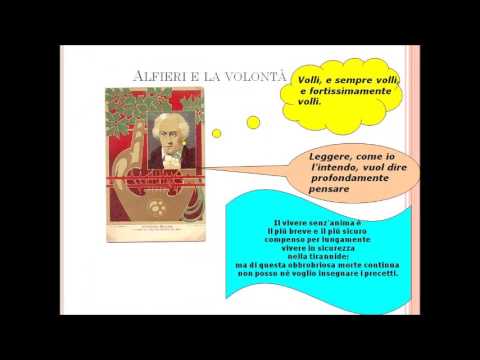


Vittorio Alfieri
27 Gennaio 2019

Indice della Tesina sull’Imperialismo
27 Gennaio 2019Verifica interdisciplinare
Dopo avere letto e compreso il contenuto del brano seguente, rispondi alle domande sotto elencate:
Ashen Light in Venus
Venus has a hot, dense, carbon-dioxide atmosphere chocked with clouds of sulphuric acid. In the ultraviolet images taken by the Hubble Space Telescope in 1995 the day-side clouds show vague markings, but there is no hint of the enigmatic ashen light” that ground-based observers have sporadically reported for 300 years.
Over the past 300 years observers have occasionally reported a faint glow on the night side of Venus. But the phenomenon, termed ashen lights”, is elusive, and many astronomers have come to doubt its existence.
Two recent results make the reality of ashen light even more difficult to accept.
-
In November 1999 Tom G. Slangers probed the upper atmosphere of Venus using the 10 meter Keck I telescope and a high-resolution spectrometer. He detected a faint, green luminescence on the planets night side at 557.7 nanometers, an emission from oxygen atoms high in the Venusian atmosphere. In todays issues of science, Slangers team explains that ultraviolet sunlight splits atmospheric carbon dioxide (CO2) into carbon monoxide (CO) and atomic oxygen (O) on the planets day side. High speed winds then transport these oxygen atoms to the night side, where they recombine into O2 and emit green light in the process.
-
Another possible cause of ashen light – as rapid fire lightening – has also taken a hit. During the 1970s Russian and American space probes detected low frequency radio emissions suggesting that the dense atmosphere of Venus sizzles constantly with powerful electrical jolts. Hearing of this result, visual observers imagined that if the lightening strikes were rampant enough, the integrated light could appear as an overall glow on the planets night side.
______________________________________________
Domande:
-
Why are astronomers doubting about the existence of the phenomenon known as ashen light” on Venus? (6 lines)
-
Come si spiegano i risultati di Slanger sulle emissioni dell’atmosfera di Venere nella lunghezza d’onda dell’ossigeno atomico? (6 righe)
-
Quali sono le principali caratteristiche dell’atmosfera di Venere e quali effetti provocano sulla superficie del pianeta? (10 righe)

